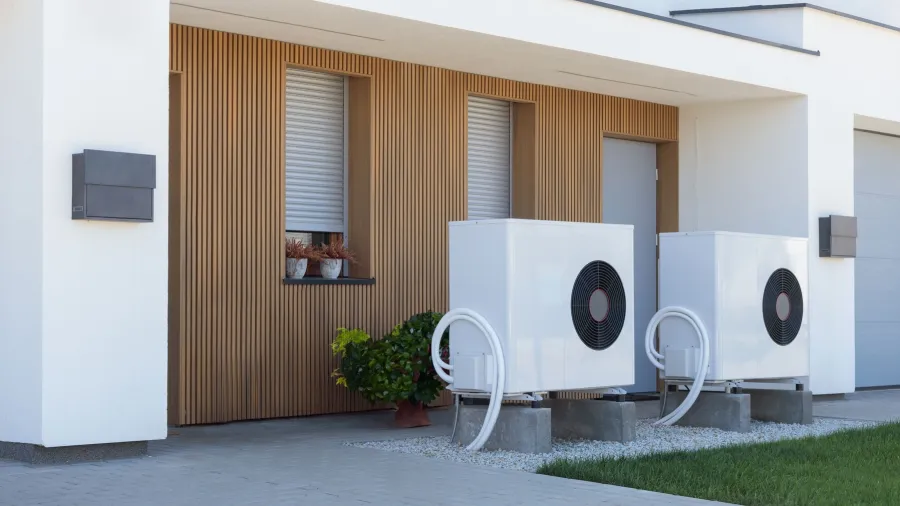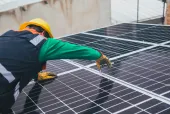
Gas reduction bridges the gap between supply and cost-of-living issues: report
Demand could be reduced to over 40% in 2030 through improved gas efficiency.
Increased efforts in energy efficiency and equipment enhancements could be the solution to the supply gap and ease the cost-of-living crisis over the southern states of Australia, a report found.
According to the findings by the Institute for Energy Economics and Financial Analysis (IEEFA), a focused approach to cost-effective energy interventions at home and in the industry, rather than gas energy investments, can reduce gas demand by 40% in 2030, as well as a return on investments (ROI) of 16%.
Approaches like the replacement of gas appliances with electric equivalents have the capacity to lessen dependency on gas and lower energy bills. However, opportunities extend to finding untapped sources of energy, such as thermal upgrades that use residential heating and heat recovery systems that incur large gas savings.
Investments in energy efficiency throughout all sectors can result in more comprehensive data analysis, reduced losses and leaks, and advanced redesign of processes.
“Australia is leaving many cost-effective opportunities to quickly reduce gas demand on the table. Improving gas efficiency and fast-tracking electrification could kill three birds with one stone for Australia – eradicating the gap supply gap, reducing energy bills, and cutting emissions,” Amandine Denis-Ryan, CEO of IEEFA Australia and the report’s author, stated.
ALSO READ: Australia commits to 1 GW energy projects in NSW
Currently, IEEFA has demonstrated nine energy efficiency and electrification opportunities in the southern states. The modelled interventions showed noteworthy gas use reductions, with residential buildings projected to use only zero by the 2040s, and industrial buildings estimated to decrease usage by over 60% by 2045. Overall, it succeeded by an estimated 80% in the reduction of gas use.













 Advertise
Advertise











